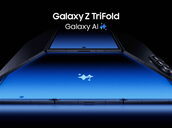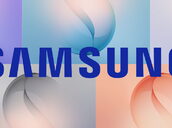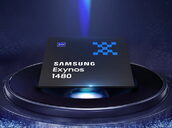
Samsung tablets
Need Samsung Galaxy Tab? Compare all available Samsung tablets, view specifications and find the best deal. Those looking for a new Galaxy tablet, with or without a subscription, will find it here. We have collected all Galaxy Tab models for you, including specifications and all providers. Read more
Samsung in the news





As with many product categories, Samsung was there early, including with its own tablet. The first Samsung Galaxy tablet rolled off the assembly line in 2010. After that, the number of different tablet models grew rapidly with multiple series aimed at different audiences.
Samsung Galaxy Tab series
Samsung released the first Galaxy Tab tablets with the screen size in the name. Successors were designated by using Tab2, Tab3, etc. Around the year 2015, Samsung split its tablets into roughly these series;
- Galaxy Tab Active - Rugged tablets aimed at business use
- Galaxy Tab A - Affordable mid-range models
- Galaxy Tab E - Entry-level models (no longer used)
- Galaxy Tab S - Flagship
Samsung also experimented with Galaxy Tab Pro models but that turned out to be a one-time adventure. The Tab Pro series then merged into the Galaxy Tab S series.
Android operating system
All Samsung Galaxy Tab models came out with the Android operating system. Early versions of Android were not optimized for the mostly larger screen of a tablet. Therefore, the interface looked like a blown-up phone screen.
Only since 2011 did Google change this with the introduction of Android Honeycomb (version 3). Still, it took several years before optimal use could be made of larger tablet screens. Samsung does use Windows, but for its Galaxy Book laptop series.
One UI
As with its smartphones, Samsung uses a proprietary shell called One UI for the tablet. This makes icons, menus and colors look more or less the same no matter which Samsung product you use. This increases familiarity and the extra features make it a reason to go for a Samsung tablet.






